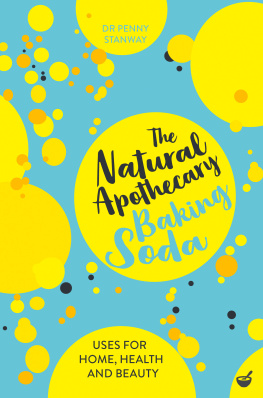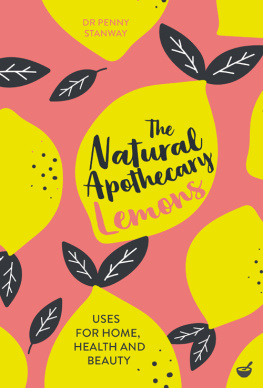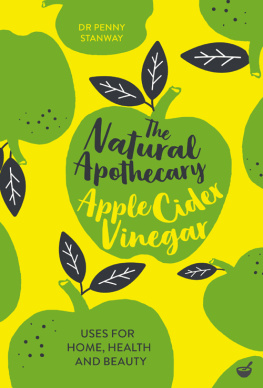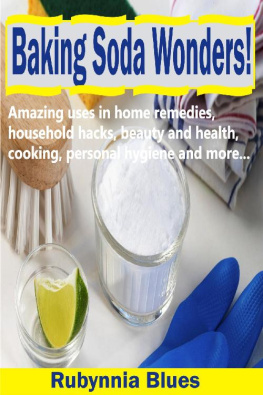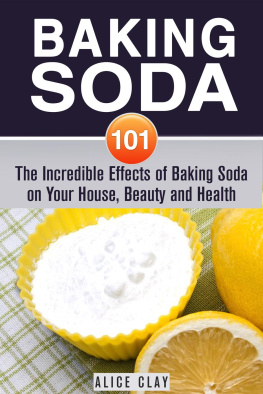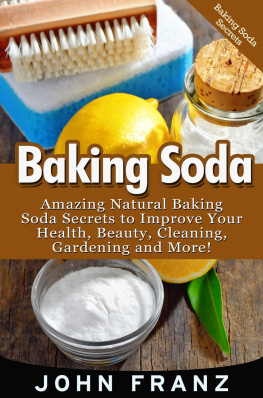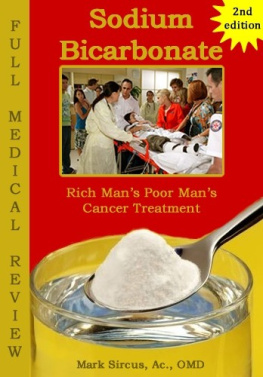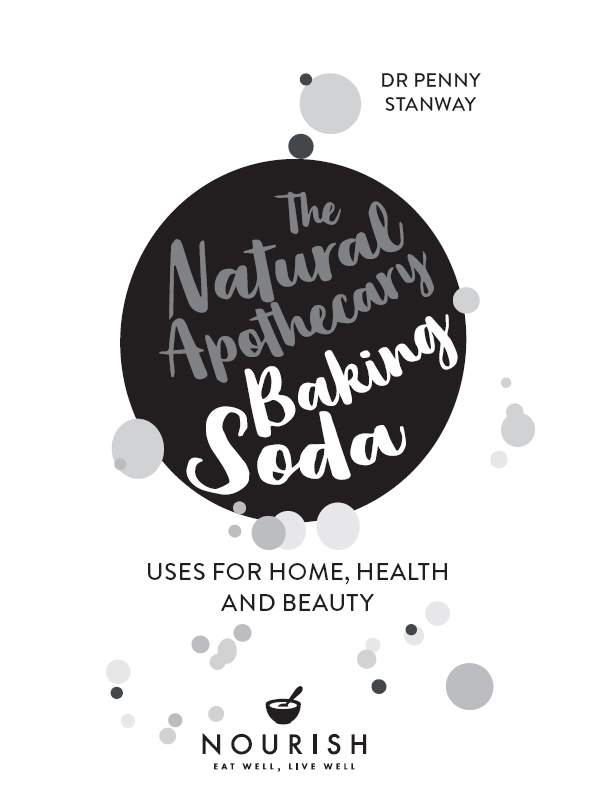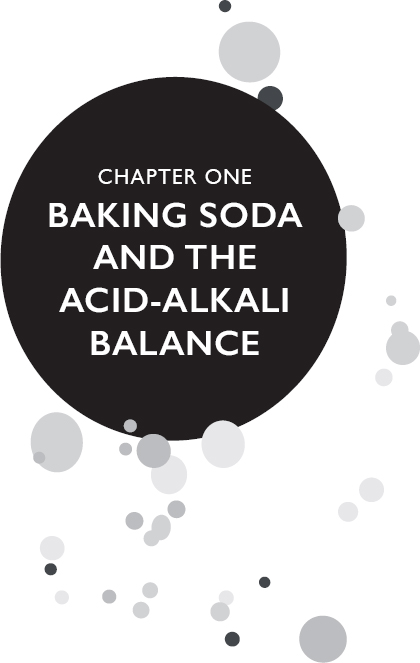Other titles in the Natural Apothecary series include:
The Natural Apothecary: Lemons
The Natural Apothecary: Cider Vinegar
About the author: Dr Penny Stanway practised for several years as a GP and child-health doctor before becoming increasingly fascinated by researching and writing about healthy diets and other natural approaches to health and wellbeing. Penny has written more than 20 books on health, food and the connections between the two. She lives with her husband on a houseboat in the Thames.
CONTENTS
INTRODUCTION
For thousands of years, people have been using natural products to soothe, treat, beautify and cleanse. Herbs and spices, vegetables, fruits, nuts and berries have been mixed together to create traditional remedies that have been passed down through the generations. Many of these ingredients are still used in commercial products today, although are now often combined with harsh chemicals.
Today, we are used to relying on pharmacies and supermarkets, where there are hundreds of available products, each with a different purpose. We apply creams and ointments for various aches and pains, take vitamin supplements, and spend a fortune on lotions and potions for our skin, nails and hair. The number of cleaning products that are now on offer can be quite overwhelming!
By going back to basics, and taking a more natural approach to how we treat our diets, health, beauty regimes and household management, we are taking back control of what we are putting into our bodies and what we are exposing our families to.
Often used in cooking as a rising agent, baking soda (bicarbonate of soda) is also extremely valuable to us around the home, for our health and for beauty and hygiene purposes. It is very cheap to buy and can be found in any grocery store. It has been used by people all over the world in some form or other for generations.
What is baking soda?
Baking soda (bicarbonate of soda) is a white crystalline mineral powder with a multitude of uses, both domestic and commercial. This important mineral is available in small quantities as baking soda (bicarbonate of soda) from supermarkets and grocery stores and as sodium bicarbonate from pharmacies (drugstores). You can also buy it in bulk online.
It is present (along with sodium carbonate) in the mineral known as Natron, which is deposited from salt lakes in various countries. Baking soda can also be mined as deposits of nahcolite in rock, and it is present in the water flowing from many hot springs. Today, though, it is mostly produced in factories, mainly by a method that mixes salt (sodium chloride), ammonia, calcium carbonate and carbon dioxide in water. A total of over 1 million tons is produced this way each year in various countries, including the USA, Italy, Egypt and China. The ancient Egyptians used Natron, which contains baking soda (bicarbonate of soda), but later on scientists were able to separate the minerals that make up Natron to produce elements with more specific applications.
The benefits of Natron were known to the ancient Egyptians. They used it as part of their mummification rituals, as it absorbs water and prevents the growth of bacteria. Mixed with oil, it worked in the same way as soap, and was used for cleaning, as well as an antiseptic and an insecticide.
In the eighteenth century, The French Academy of Sciences had offered a prize to anyone who could come up with a way of producing sodium carbonate, known as soda ash, from common salt (sodium chloride). Sodium carbonate was in great demand as a multi-purpose detergent. Chemist Nicolas Leblanc won the contest, and set up a factory producing soda ash on a large scale.
Later on, in the 1830s, American bakers John Dwight and Austin Church were able to develop a process that enabled them to obtain baking soda (bicarbonate of soda) from soda ash. They manufactured and sold their baking soda to home bakers across the United States. Austin Church later founded the company Arm & Hammer with his two sons, now one of the largest global manufacturers of baking soda (bicarbonate of soda).
Baking soda (bicarbonate of soda) is also known as:
baking soda (common in the US)
bicarbonate of soda (common in the UK)
bicarb
bread soda
cooking soda
sodium bicarbonate
saleratus (a 19th-century term meaning aerated salt)
Our bodys own internally produced sodium bicarbonate (as it is known by nutritionists and doctors) is a vital part of the acidalkali balancing systems that keep us healthy. And by eating an alkali-producing diet (see pages 13).
It is definitely worth having baking soda to hand in the bathroom cabinet as well as being advantageous to your health, it can be incorporated into your beauty regime, too. For example, it has a mildly abrasive nature, making it a great natural exfoliant. It can also be used to make toothpaste and bath bombs and to coat dental floss. For more uses, see pages .
Baking soda is mildly alkaline in water but is also amphoteric, which means it can react with both acids and alkalis. It is useful in many commercial and domestic situations. It is used, for example, as a cake-raising agent, as well as to make baking powder, self-raising (self-rising) flour, soaps, domestic cleaning and deodorizing products, medications, water-softeners, dry fire extinguishers and pesticides. It is incredibly useful for many household chores and can help keep your home fresh, clean and sparkling. For environmentally-friendly, non-toxic ideas for using baking soda as a natural cleaning product, see pages .
The names of certain other chemicals could sound confusingly similar to those unfamiliar with chemistry. These include:
baking powder (which contains other ingredients besides sodium bicarbonate)
sodium chloride (salt)
washing soda (sodium carbonate or soda ash) and
caustic soda (sodium hydroxide).
It is vital never to confuse any of these with sodium bicarbonate, so be sure that any container of white powder is clearly labelled.
BAKING SODA AND THE ACID-ALKALI BALANCE
You can treat yourself with baking soda (bicarbonate of soda) in three different ways. The first is by changing to an alkali-producing diet, of which full details are given on ).
Good health relies on our blood and other body fluids having the right acidalkali balance. The bicarbonate that is naturally present in our body helps this to happen. The building blocks of our bodys bicarbonate originate from food and drink.
As our cells produce energy from sugar (which is mainly derived from dietary carbohydrate), they release carbon dioxide. This can react reversibly with water to form carbonic acid a weak acid that breaks down reversibly into bicarbonate and hydrogen.
Many foods contain carbonates or other organic substances that the body can convert into bicarbonate. (Organic is used here in its chemical sense, meaning these substances contain only carbon, oxygen and, perhaps, hydrogen.)
Any bicarbonate consumed in food or drink neutralizes a certain amount of stomach acid; any excess is absorbed from the intestine into the blood.
Some people also get bicarbonate from antacids or other medications.
Fluid accounts for nearly 60 per cent of the weight of a mans body and 55 per cent of a womans. The average mans body, weighing 70kg/154lb, contains 42 litres/74 pints/89 US pints.

